Woods Hall
Introduction
Text-to-speech Audio
Images
View of Woods Hall
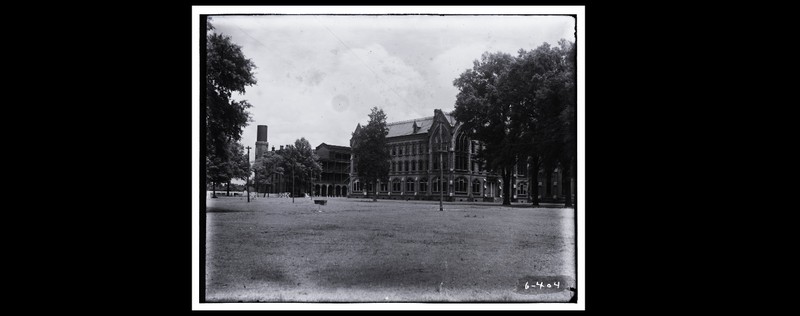
View of Woods Hall in 1970 taken by the Perkins Family
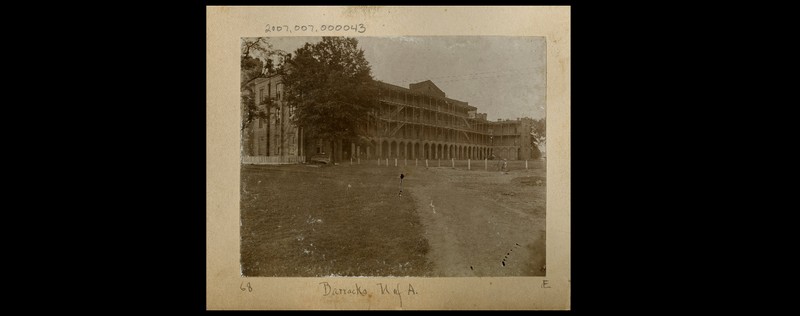
Cadets in front of Woods Hall
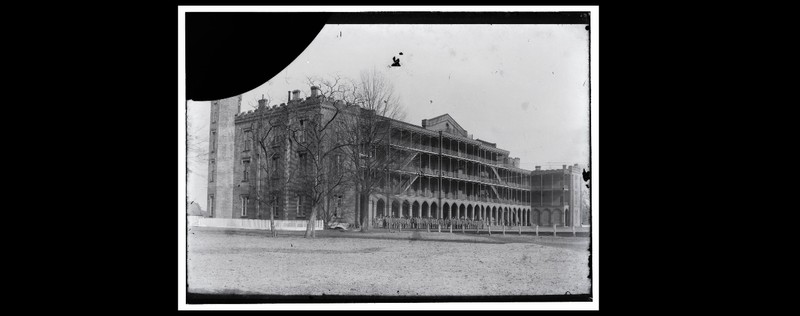
Woods hall after Reconstruction in 1975
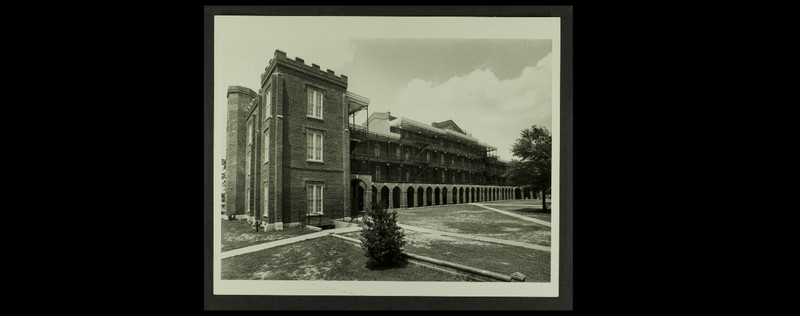
Students at Woods Hall in 1970

Current photo of Woods Hall
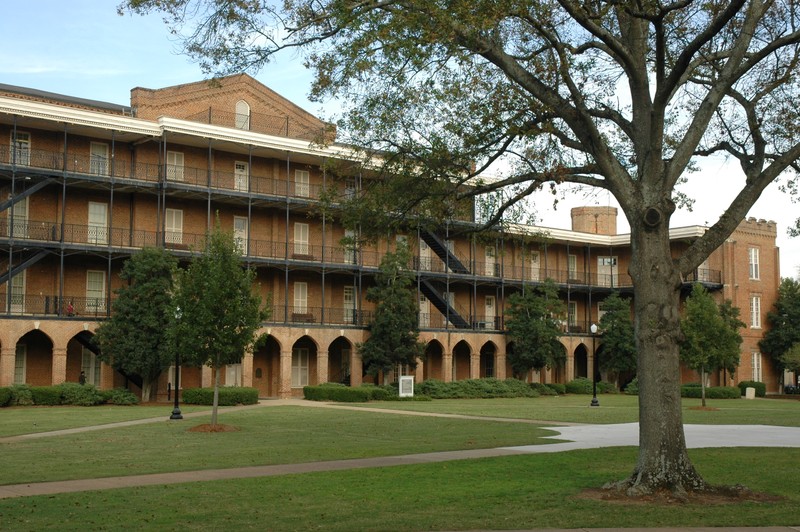
Backstory and Context
Text-to-speech Audio
Alva Woods was born in 1794 in Vermont. He was raised Baptist and studied at Phillips Academy in Massachusetts. He then graduated from Harvard in 1817 and entered the Theological Seminary at Andover, Massachusetts. He was ordained in October 1821. He had accepted a professorship at the new Columbian College (present day Columbia University) in Washington, where his first task was to undertake fund raising for the college in the Atlantic States and in Great Britain. While in Great Britain, he attended lectures at the universities and spent the funds he raised on books and philosophical apparatus for the college.
After visiting the cultural institutions of Europe he returned to teach at Columbian College, but it was not long before the financial hardships of the college forced him to leave and accept the professorship of mathematics and natural philosophy at Brown University in 1824 (Mitchell, 1993). He served as president in 1826-27 after the resignation of Asa Messer, and resigned in 1828 to become president of Transylvania University.
In 1831, Woods accepted the
presidency of The University of Alabama. He was convinced that the education of
the women was important because they would go on to teach the youth. He played
an instrumental part in the founding of the Alabama Female Athenaeum in
Tuscaloosa and served as president of its Board of Trustees (Mitchell, 1993). Unfortunately, the southern climate
had negative effects on his health and he desired that his son be educated in
the North so Woods decided to resign from The University of Alabama in 1837. He
died in Hamilton, New York, in 1887 (Mitchell, 1993).
